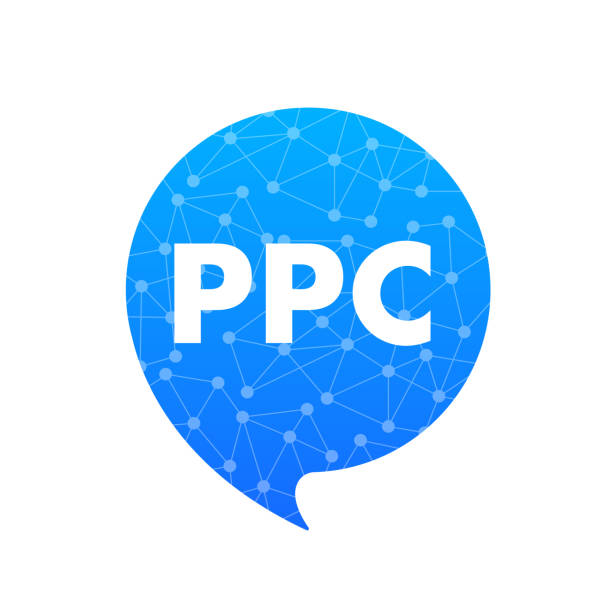Have you ever wondered why some Google Ads campaigns yield exceptional results while others fail to gain traction? What secrets do the top advertisers know that you don’t?
Google Ads is a powerhouse for driving targeted traffic, generating leads, and boosting sales. But success doesn’t happen by chance—it’s the result of a strategic approach. Whether you’re new to Google Ads or looking to improve your results, this guide will provide actionable insights to help you master your campaigns.
Set Clear and Achievable Campaign Objectives
Why is setting a clear goal the foundation of your success? So, without a defined objective, your campaigns risk being unfocused and wasteful.
Start by asking yourself:
- Are you looking to drive traffic, generate leads, or increase sales?
- Do you want to build brand awareness or re-engage past customers?
Examples of Objectives
- Traffic Campaigns: Focus on generating clicks to your website.
- Lead Generation: Encourage users to sign up for newsletters, request quotes, or fill out forms.
- Sales: Optimize for conversions like purchases or subscriptions.
Pro Tip: Pair each objective with measurable KPIs (Key Performance Indicators). For example, if your goal is lead generation, track metrics like cost per lead (CPL) or the number of form submissions.
Conduct In-Depth Keyword Research – Google Ads Campaigns
Did you know that choosing the right keywords can make or break your campaign? Additionally, Google Ads relies heavily on keywords to match ads to user searches. But not all keywords are created equal.
Keyword Strategies:
- High-Intent Keywords: Choose terms that indicate a strong intent to act, such as “buy running shoes online” or “best software for accounting.”
- Long-Tail Keywords: Target longer, more specific phrases that have lower competition and higher conversion potential.
- Negative Keywords: Avoid irrelevant traffic by excluding terms that don’t align with your goals. For instance, if you sell premium services, exclude words like “cheap” or “free.”
Tools to Use:
- Google Keyword Planner: A beginner-friendly option for identifying potential keywords.
- SEMrush or Ahrefs: Advanced tools for competitor analysis and keyword suggestions.
- AnswerThePublic: Discover popular queries to capture user intent.
Create Compelling and Relevant Ad Copy – Google Ads Campaigns
What compels users to click on an ad? It’s all about relevance, clarity, and a strong value proposition.
Crafting Effective Ads
- Speak to User Intent: If someone searches for “quick home cleaning,” your ad should directly address their need, like “Fast and Affordable Home Cleaning Services.”
- Use Emotional Triggers: Phrases like “Save Time,” “Effortless,” or “Guaranteed Results” evoke trust and urgency.
- Highlight Benefits: Instead of generic features, emphasize what the user gains, such as “10% Off Your First Service” or “Delivered in 24 Hours.”
Pro Tip: Always test multiple ad versions (A/B testing). Experiment with headlines, CTAs, and descriptions to see what resonates best.

Master Audience Targeting – Google Ads Campaigns
Why waste money on irrelevant clicks when you can target the perfect audience?
Google Ads offers robust targeting options to ensure your ads are seen by the right people:
- Demographics: Target specific age groups, genders, or income brackets.
- Custom Audiences: Create audiences based on keywords, website visits, or app activity.
- Lookalike Audiences: Reach users similar to your best-performing customers.
Advanced Tip: Combine Layers
For instance, if you run a luxury travel agency, target high-income demographics who recently searched for “luxury vacation packages.” Layering demographics with interests narrows your focus and increases ROI.
Focus on Landing Page Optimization
What happens after a user clicks on your ad? So, if your landing page doesn’t meet their expectations, you’ll lose them.
Best Practices for Landing Pages:
- Consistent Messaging: Match your landing page headline with the ad text to reassure users they’re in the right place.
- Clear CTAs: Use action-driven buttons like “Book Your Free Consultation” or “Shop Now.”
- Mobile Responsiveness: Ensure your page looks great and functions well on all devices.
Pro Tip: Analyze your landing page performance using Google Analytics. So, track bounce rates, time on page, and conversions to identify areas for improvement.
Implement Smart Budgeting and Bidding Strategies – Google Ads Campaigns
Do you feel like your ad spend is slipping away without results? Efficient budgeting and bidding can prevent overspending while maximizing performance.
Budgeting Tips:
- Start Small: Allocate a conservative budget until you identify winning keywords and ads.
- Daily vs. Lifetime Budgets: Use daily budgets for consistent spending and lifetime budgets for specific campaign timelines.
Bidding Strategies:
- Manual CPC: Retain control by setting bids yourself.
- Automated Bidding: Use strategies like Target ROAS or Maximize Conversions to let Google optimize your bids based on your goals.
- Enhanced CPC: A hybrid approach that adjusts manual bids for higher likelihoods of conversions.
Analyze and Optimize Campaigns Regularly
How often do you review your campaign performance? Moreover, monitoring your campaigns frequently allows you to identify what’s working and what’s not.
Key Metrics to Watch:
- Impressions: Gauge your ad’s visibility.
- CTR (Click-Through Rate): A high CTR indicates your ad resonates with your audience.
- Conversion Rate: Focus on the percentage of users taking desired actions.
Pro Tip: Use Google Ads’ automated alerts to receive notifications for significant changes, like a spike in costs or a drop in conversions.

Boost Engagement with Ad Extensions – Google Ads Campaigns
How can you make your ads stand out among competitors? So, Ad extensions add extra information to your ads, making them more clickable.
Must-Use Extensions:
- Callout Extensions: Highlight features like “Free Shipping” or “24/7 Support.”
- Structured Snippets: Showcase product categories or service types.
- Promotion Extensions: Feature discounts or special offers to entice clicks.
Ad extensions not only improve visibility but also increase ad relevance, which can boost your Quality Score.
Experiment with Campaign Types and Formats – Google Ads Campaigns
Are you maximizing the full potential of Google Ads? Beyond traditional search ads, explore additional formats to expand your reach.
Campaign Types to Explore:
- Shopping Ads: Perfect for e-commerce businesses to showcase products with images, prices, and reviews.
- Video Ads: Leverage YouTube to share engaging, story-driven content.
- Performance Max Campaigns: A new all-in-one solution that automates ad placements across Google’s network.
Pro Tip: Align campaign types with your audience’s preferences and habits. For example, young audiences might respond better to YouTube ads than search ads.
Stay Updated and Educated
Are you keeping up with the latest trends and features? Google Ads constantly evolves, introducing new tools, metrics, and features.
Ways to Stay Informed:
- Google Skillshop: Free courses to improve your Google Ads knowledge.
- Industry Blogs and Forums: Stay active in PPC-focused communities like Search Engine Journal or WordStream.
- Attend Conferences: Events like SMX or Hero Conf provide insights into cutting-edge strategies.

Conclusion: Google Ads Campaigns
Mastering Google Ads campaigns isn’t a one-time effort—it’s an ongoing process of learning, testing, and optimizing. Additionally, by setting clear goals, understanding your audience, and continually refining your strategies, you can unlock the full potential of Google Ads and drive meaningful results.
So, are you ready to transform your campaigns into profit-generating machines? Start implementing these strategies today and watch your performance soar!









[…] data directly from Google tools like Sheets, Analytics, and […]